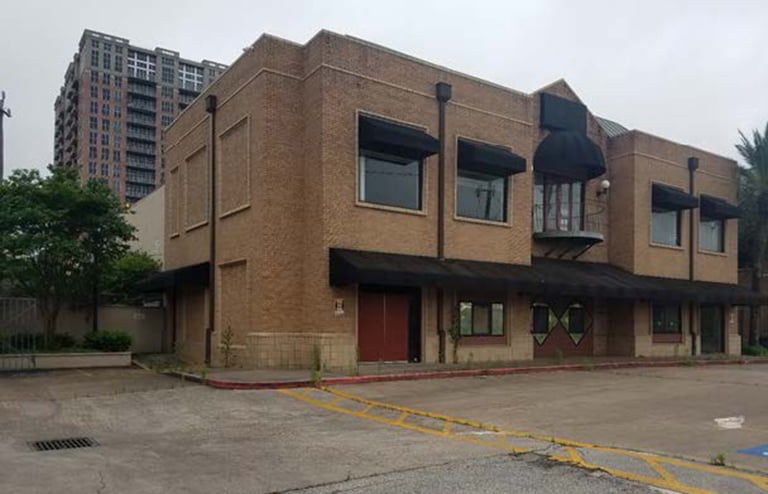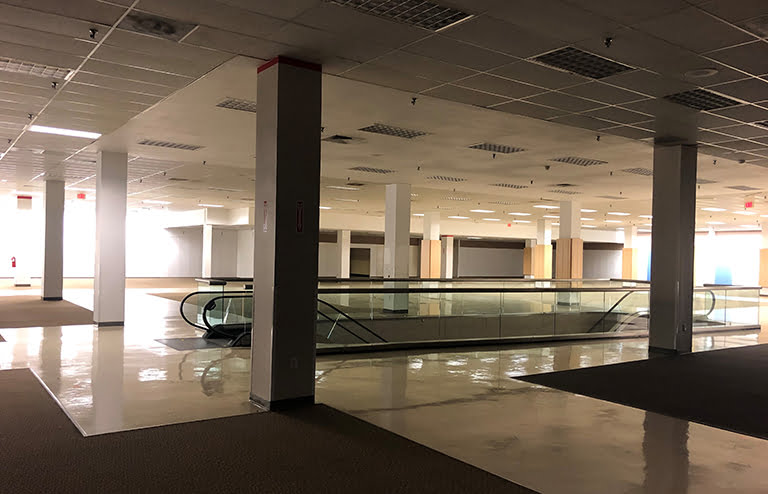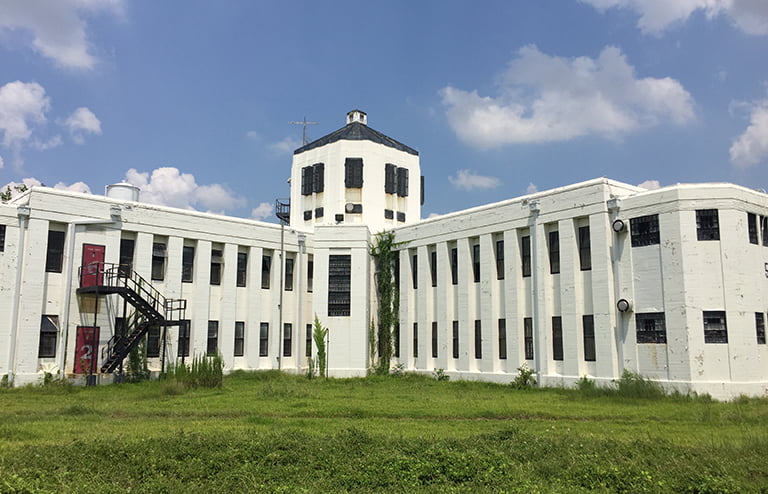Services Performed
ESE completed environmental regulatory closure services related to the repurposing of a 1940s era asbestos textile mill. During repurposing of the former textile mill, which historically included the manufacture of woven asbestos containing products, it was determined that the former mill operator had deposited concentrated friable asbestos containing debris into the subsurface. In conjunction with participation within the Texas Commission on Environmental Quality Voluntary Cleanup Program, ESE initiated asbestos assessment, remediation, and risk-based evaluations of the site. During the initial stages of the project, the protocols and methods for the soil assessment were derived from U.S. Environmental Protection Agency (U.S. EPA) guidance which defines investigation and remediation protocols for asbestos-contaminated Superfund sites. In accordance with regulatory guidance, soil samples were collected and submitted for California Air Resources Board (CARB) 435 Polarized Light Microscopy (PLM) analysis. Soil sampling demonstrated that certain portions of the site, up to a depth of six (6) feet in depth, were impacted with asbestos related mill debris. Based upon the results of sampling, a Response Action Plan was developed which defined the objectives of the planned removal activities. At the completion of the soil removal, approxiamtely 3,000 cubic yards of asbestos affected soil and debris was excavated, packaged ,and disposed of at a permitted landfill. Upon the completion of the removal, additional soil sampling was completed to further confirm that the asbestos debris had been successfully removed. After achieving the pre-designed post-excavation removal criteria, Activity Based Sampling (ABS), a prescribed form of air sampling with Transmission Electron Microscopy (TEM) analysis, was conducted at the property. The results of the response action were deemed complete by the results of soil and air sampling with the support of a thorough risked-based toxicological evaluation. The results of the remediation and post remediation sampling activities were submitted to the TCEQ. Upon the agency’s review, the property was deemed acceptable for unrestricted residential usage.














